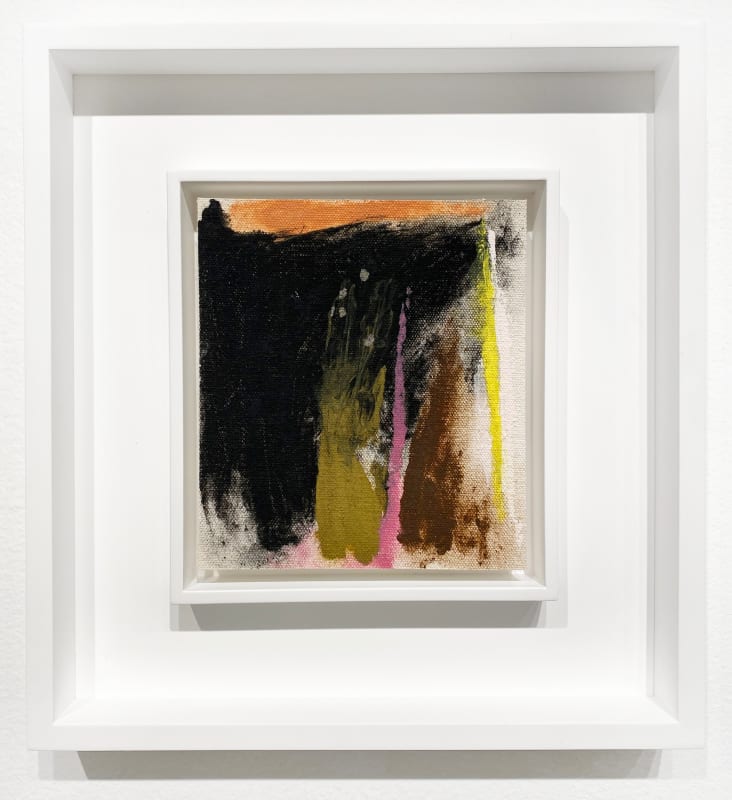Friedel Dzubas (1915–1994) was a German-born American abstract painter who left an indelible mark on the Color Field movement and Abstract Expressionism. Fleeing Nazi Germany in 1939, Dzubas settled in New York City, where he immersed himself in the vibrant art scene of the 1950s. In 1951, art critic, Clement Greenberg, introduced Dzubas to Helen Frankenthaler, with whom he would share a studio the following year. This collaboration proved pivotal in both artist’s careers and in the evolution of post-Abstract Expressionism painting techniques. Known for his monumental, luminous compositions of bold, brushed color shapes over gessoed grounds, Dzubas distinguished himself from contemporaries like Helen Frankenthaler, Morris Louis and Kenneth Noland, who favored staining raw canvas even though he was integral to the development of the stain painting technique. Dzubas embraced risk in his process, once stating, “I like that risk. I think, to a certain degree, I have to make it mechanically difficult and unreliable for myself.” This modernist sensibility fueled his dynamic, expressive canvases, which continue to captivate audiences to these days.
Dzubas occupies a unique position in post-war American art history. While his contributions to the development of Color Field painting are well documented, his work demonstrates a complexity that transcends simple categorization. His mastery of color relationships, combined with his innovative technical approaches, created paintings that were both visually stunning and conceptually sophisticated.His work represents a crucial bridge between the emotional intensity of Abstract Expressionism and the more systematic approaches that would characterize much of 1960s American abstract painting. Through his collaborative relationship with artists like Helen Frankenthaler and his own technical innovations, Dzubas helped establish new possibilities for how paint could interact with canvas, creating effects that were both optically compelling and emotionally resonant.
His work has been exhibited in major exhibitions like the Hirshhorn Museum in DC, the Museum of Fine Arts in Houston, and Museum of Art in Fort Laudardele, being the 1983 retrospective at the Hirshhorn Museum the most significant in his career, establishing his reputation in the art world and cementing his place in art history.
